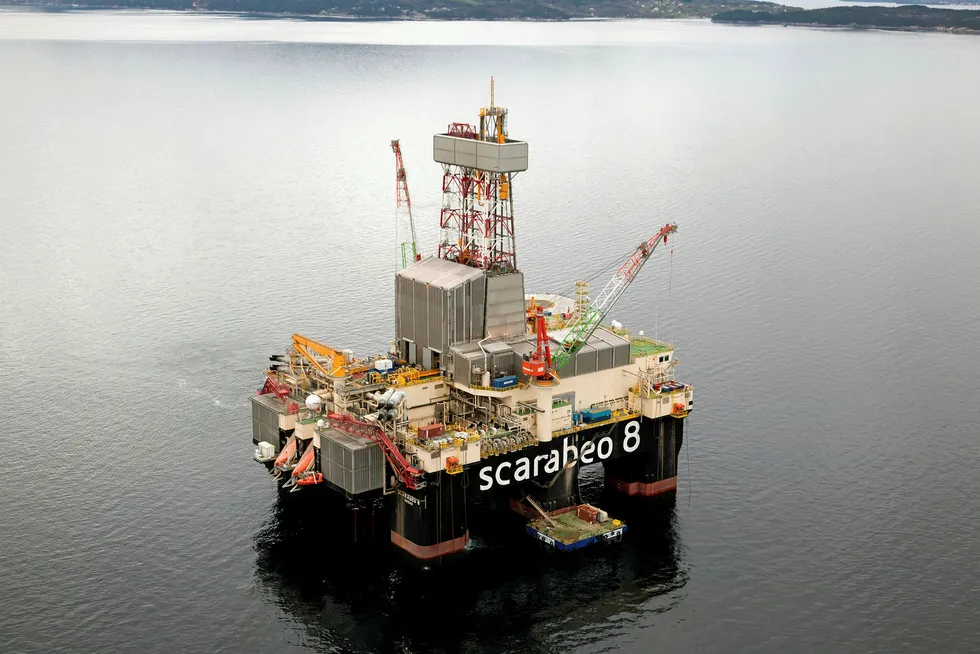Aker BP leaps again after Froskelaar find success
Oil discovery off Norway will boost Alvheim in the short term and spawns hopes of new standalone development

Oil discovery off Norway will boost Alvheim in the short term and spawns hopes of new standalone development
